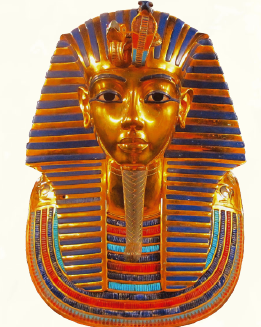Digging up Trouble: The Curse of King Tutankhamun
The curse of Tutankhamun first struck in February 1923. The previous November, archaeologist Howard Carter and his sponsor Lord Carnarvon discovered the burial chamber of a forgotten king hidden in the Valley of the Kings in Egypt, untouched by thieves and stuffed with treasures.
Tutankhamun, forgotten for millennia, suddenly became worldfamous, and so did his discoverers.
Then Lord Carnarvon got bitten on the cheek by a mosquito. He accidentally made the bite worse while shaving and died in fever.
Arthur Conan Doyle, the creator of Sherlock Holmes and a believer in supernatural things, said it must be the curse of the mummy. ‘Anyone who disturbed the young pharaoh would die,’ reported newspapers.
The media in the 1920s found a lot of evidence that something was punishing the excavators of the perfect ancient Egyptian burial chamber. Lord Carnarvon’s pet bird was eaten by a snake, his dog died back in England, and a radiologist who X-rayed the mummy died of a mysterious illness. A rich American died of pneumonia after visiting the tomb, and a member of Carter’s excavation team died of arsenic poisoning.
Of course, there was no curse. If Tutankhamun wanted revenge, why spare Howard Carter, the man who actually found him and lived to tell the tale? Anyone lucky enough to see Tutankhamun and his burial objects in the Egyptian Museum in Cairo wonders at the richness of this beautiful art and design. From his chairs to his golden mask, the young pharaoh and his lifestyle miraculously survive.

